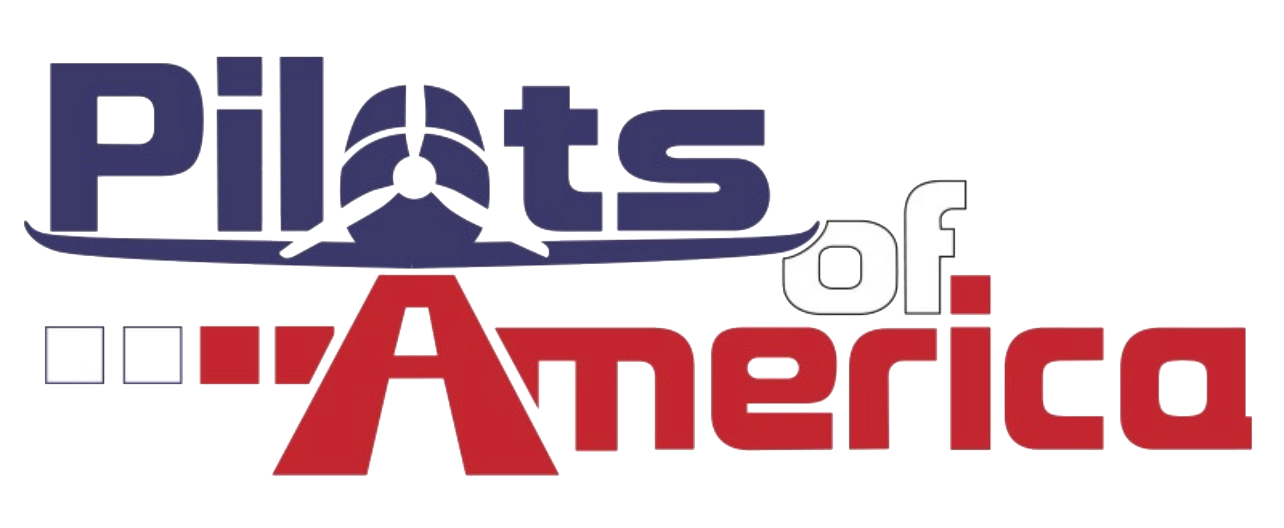Break in the engine by running it as close to maximum continuous power as possible without allowing any CHT to exceed 420 degrees Fahrenheit for Continental cylinders or 440 degrees F for Lycoming cylinders. Run it this hard for an hour or two, until you see the CHT come down noticeably, indicating that the break-in is mostly complete.
It’s very important to run the engine hard right from the outset. Keep ground running to a minimum, avoid a protracted preflight runup, and don’t cycle the propeller more than once (and as shallowly as possible). The reason for all this is that running a freshly honed cylinder at low power for any significant length of time can cause a condition known as glazing, in which a tough residue of carbonized oil builds up on the cylinder walls and stops the break-in process dead in its tracks. Once the cylinder has become glazed, it’s no longer oil-wettable, and the only solution may be to remove and re-hone the cylinder and start the break-in process all over again.
The above advice works great. Keep in mind the published lycoming procedures come from well before aircraft had CHT indications for one or all cylinders. To address CHT lycoming simply recommends a shallow climb.


